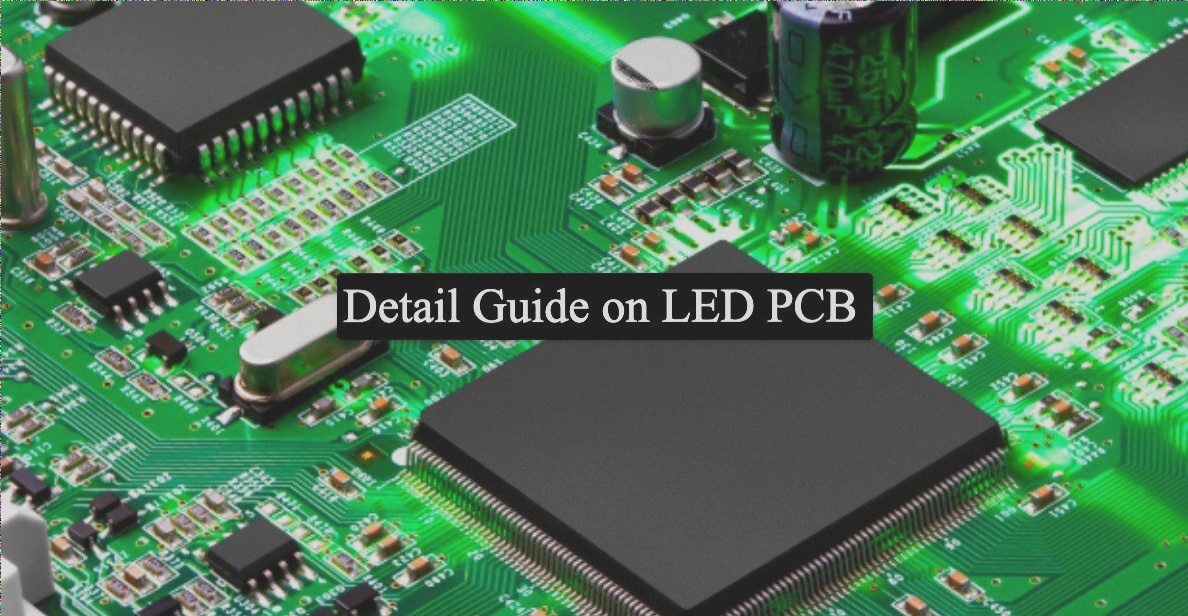Types of PCB Boards and Essential Wiring Skills
-
Double Sided PCB Board
Double-sided PCB boards are commonly used in communications equipment, electronic instruments, and computers. They offer the advantage of designing more complex circuits with high flexibility.

-
Layer 3-4 PCB
Layer 3-4 PCB boards are mainly used in personal computers, medical electronic equipment, and semiconductor testing machines. The substrate materials include glass epoxy or benzene resin.
-
6-8 Layer PCB
6-8 layer PCB boards are utilized for electronic switches, medium-sized personal computers, and NC machines. The substrate materials consist of glass epoxy or glass benzene resin.
-
PCB Boards with More than 10 Layers
PCB boards with more than 10 layers are primarily used in mainframes, high-speed computers, and communication machines due to their excellent high-frequency and high-temperature characteristics.
-
Other PCB Board Substrate Materials
Additional PCB substrate materials include aluminum, iron, and flexible PCBs made of polymer or polyester. Flexible circuit boards are ideal for moving parts and connections between hard and soft PCB boards.
Essential Wiring Skills for PCB Boards
- For connections of more than 3 points, ensure the lines pass through the points in the shortest distance possible.
- Avoid placing lines between and around integrated circuit pins, especially between pins.
- Try to avoid parallel lines between different layers whenever possible.
- Wiring should be as straight or at a 45-degree angle as possible.
- Ensure the grounding wire and power line are at least 10-15mil apart.
- Keep the propagation of polylines and lines as neat as possible.
- Pay attention to the uniform discharge of components during installation, plug-in, and welding operations.
- Consider the structure of element emission and package SMD elements with positive and negative electrodes.
- Ideally, use 6 mil line width, 8 mil line spacing, and 12/20 mil pad for wiring.
- Group function block components together.
- Use green oil for vias.
- Avoid placing pads or empty seats on the battery holder when possible.
- After wiring, carefully check whether each line is connected (can be lit).
- Place oscillating circuit components close to ICs and away from vulnerable areas.
- Consider reinforcement and hollowing out of components to avoid excessive radiation sources.
Mastering these essential points is crucial when learning PCB board wiring skills. Have you grasped all of them?




